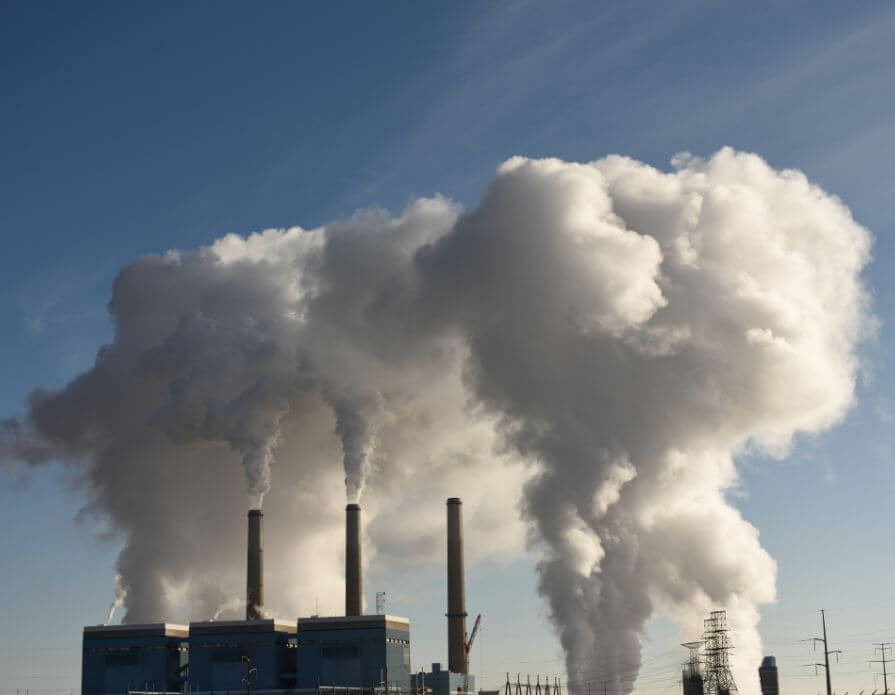How Manufacturers Are Improving Urban Emissions Testing
City planners face mounting pressure to lower emissions while keeping infrastructure efficient and responsive. Government officials rely on real-time data to shape policies that reduce pollution, protect public health, and maintain urban livability.
Technology advancing emissions monitoring gives municipalities better tools to act quickly and effectively. Additionally, gas testing innovations, smart infrastructure, and international compliance can improve urban air quality.
Investing in Real-Time Testing Equipment
Business leaders can equip vehicles and stationary sources with sensors that capture emissions data when pollutants exit. Instead of relying on periodic tests, engineers develop systems that send continuous feedback to cloud-based platforms for instant review. Real-time reporting increases accountability and gives environmental managers time to make necessary adjustments before conditions worsen.
In cities where congestion spikes without warning, automated alerts tied to emissions spikes guide decisions about traffic flow and fuel restrictions. Mobile testing units connected to the same network expand visibility without dramatically increasing testing costs.
One major innovation lies in manufacturers improving urban emissions testing through tools that automate enforcement, reporting, and early warnings in polluted zones.
Upgrading Specialty Gas Testing Standards
Technicians rely on three specialty gases for emissions testing—carbon monoxide, hydrocarbons, and nitrogen oxides—to benchmark emissions readings across multiple industries.
Each gas serves a role in calibration, allowing manufacturers to fine-tune detectors and improve sensor accuracy under various environmental conditions. The demand for high-purity blends drives improvements in how these gases interact with digital instruments.
Factories and vehicle inspection sites benefit from standardized mixtures that meet international testing thresholds. More importantly, scientists can replicate test results reliably across equipment platforms and locations. Although the public rarely hears about specialty gases, they remain critical to how technicians validate emissions numbers on the ground.
Supporting Waste Management and Climate Goals
Urban waste facilities generate methane and sulfur dioxide that standard monitoring sometimes miss. Engineers install specialized emissions testing equipment that works inside containment zones where gases vent from organic decomposition and incineration. Waste management plays a role in climate change, and data collection around waste emissions gives policymakers the evidence they need to target upgrades in the most impactful places.
Manufacturers supporting efforts with scalable solutions can fit old systems and new infrastructure. When waste management professionals and emissions planners work together, they strengthen climate adaptation strategies citywide.
Collaborating With Smart City Infrastructure
City planners can install emissions sensors within traffic lights, bus stops, and parking structures. Manufacturers can support projects by supplying durable equipment to track pollutants alongside data on vehicle type, volume, and driving speed. That combined data provides a complete picture of emissions hotspots.
Public transit operators can use real-time data to change routes during peak smog periods or redirect service toward less polluted streets. Manufacturers lead the design of embedded sensors that work under variable weather and road conditions.
These deployments demonstrate how manufacturers are improving urban emissions testing by tying their innovations directly to public systems designed for scale.
City planners will gain new abilities to track, respond to, and reduce pollution more confidently and quickly. Manufacturers are the central players in global sustainability efforts by building technology that works across vehicles, infrastructure, and waste systems.
